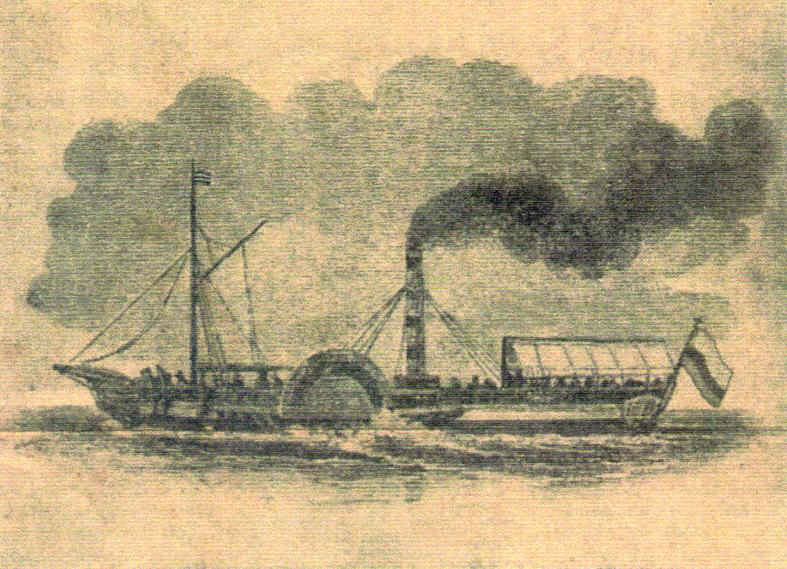Owner Comments:
Ecuador - 1934 PHILA. U.S.A. - Un Sucre - (KM #72, EC #223) - Mintage: 2,000,000
Ecuador began adopting a decimal coinage system in 1874 with the minting of one and two centavo coins at the Mint in Birmingham, England. The transition was completed on March 22, 1884 with the creation of the silver
sucre coin which was equivalent to 100 centavos. The sucre remained the official unit of currency in Ecuador for 116 years until the President of Ecuador announced on January 9, 2000 that the US dollar would be adopted as Ecuador's official currency.
Ecuadorian President Isidro Ayora introduced a new monetary system in 1927 based on a reduced size, weight, and fineness sucre. In 1928, the country had the U.S. mint produce seven different denominations ranging from one centavo to two sucres. A gold
Condor, (equivalent to 25 sucres) was also minted by the Birmingham mint making a total of eight different denominations minted for that year. The new sucre was nicknamed the
Ayora after the President. Likewise, the new silver 50 centavos coin became known as the
Lauritas after his wife Laura.
Obverse
The distinctive portrait on the obverse of this coin is that of Antonio José de Sucre. Sucre was born in 1795 in The distinctive portrait on the obverse of this coin is that of Antonio José de Sucre. Sucre was born in 1795 in Venezuela, and from the age of 15, spent the next 20 years fighting for independence from Spanish rule. During this time he became a collaborator of Simón Bolívar, a Venezuelan general, and the first constitutional president of Bolivia, all before the age of 35. Sucre led the patriots to a decisive victory at the battle of Pichincha on May 24, 1822, effectively freeing Ecuador from Spanish rule. His life was cut short on June 4, 1830 when he was assassinated while on his way to Quito. Sucre was laid to rest in his own Mausoleum Chapel in the Cathedral of Quito. He is considered the liberator of Ecuador, and appears on many Ecuadorian coins.
Reverse
The reverse of this coin has a number of interesting features:
- Following the tradition set by the Quito mint, the name of the city where this coin was minted appears at the bottom under the coat of arms. In this case, PHILA. U.S.A.
- The denomination is UN SUCRE
- The weight and fineness of the silver content is explicitly stated as GRAM.5. and LEY 0.720 (fine) with the balance in copper.
- Ecuador dictated the various elements that of their coat of arms, but the actual rendering of these elements by the various mints which produced their coins can vary greatly from mint to mint. In this case the central elements of the ship, water and mountain look more like an ocean going vessel sailing away from a mountainous coastline rather than the river steamship Guayas, sailing the Guayas river with the snow capped Chimborazo volcano in the distant background. There is also no Caduceus appearing as a mast on the ship, and aspect which seems to have eluded all but one mint. The following is a depiction of the 1841 steamship Guayas for comparison:
 This coin
This coin
This coin is reasonably well struck on both sides, and the surface of the coin is very well preserved. The reverse is virtually free of scuff marks in the field and the obverse shows only minor scuff marks in the filed in the upper left quadrant.
Date acquired: 11/13/2023 (Already graded by NGC)
References:
Seppa, Dale and Anderson, Michael,
the COINS of ECUADOR (second edition), Almanzar's Coins of the World, San Antonio, 1973.
Rev. 1/13/2023